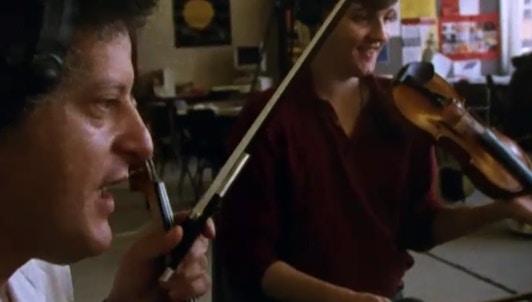In contemporary usage, chamber music refers to works composed for small groups of musicians, traditionally an ensemble that could fit into a "chamber" (room) within a private estate. Each musician has their own individual part to play and great attention is given to the interaction between the different instruments.
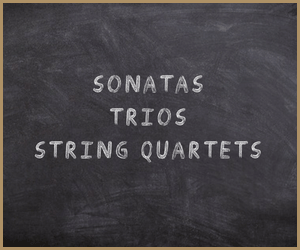
Chamber music encompasses a huge variety of different types of ensembles, with composers free to select combinations of instruments that suit their creative needs (and take advantage of the musicians at their disposal!). Let's take a look at three of the most common...
The smallest unit of chamber ensemble is the sonata, which calls for an instrumental soloist (most frequently a string instrument) and a pianist. While certain sonatas treat the soloist as star and the pianist as accompanist, others give both musicians equal footing.
During the late eighteenth century, chamber music (particularly the string quartet) was closely linked to intellectual gatherings known as salons. The art of conversation was highly valued; democratic dialogue and refined repartee were crucial characteristics of the period.

Joseph Haydn playing string quartets, anon. circa 1790.
These concepts were regularly applied to chamber music, with each performer taking part in a sort of musical conversation. Haydn's first quartets were even published in Paris as "quatuors dialogués" (dialogued quartets).
One hears four rational people conversing with one another and believes he gains something from their discourse while learning the peculiarities of the instruments. – Goethe on the string quartet
By far the most common trio configuration, the piano trio adds a second instrumental soloist into the mix. The genre's history traces the technical developments of the instruments (particularly the piano) and performers. We also regularly find trios featuring wind instruments rather than strings.
During the early nineteenth century, chamber music began to move outside the private "chambers" it had traditionally been performed in. The repertoire was becoming increasingly challenging and professional chamber ensembles began to form.
In parallel, this period marked a crucial transition in the ways musicians earned their living, with many moving from the patronage system (in which they were sponsored by the aristocracy) to earning wages for engagements. More and more musicians—and chamber music—entered the concert hall.

Beethoven played a key role in chamber music's transition to the professional realm. His chamber music often featured notoriously demanding passages, taking genres like the string quartet in particular to new (sometimes controversial) heights.
The string quartet has long been heralded as one of the most "democratic" musical forms, with each of the four parts attributed equal importance. Haydn is generally thought of as "the father" of the string quartet and his 68 quartets helped establish the genre as we know and love it today.
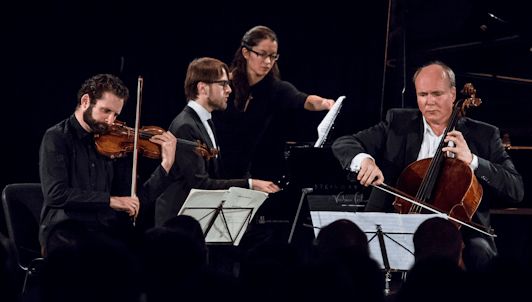
Verbier Festival 2015
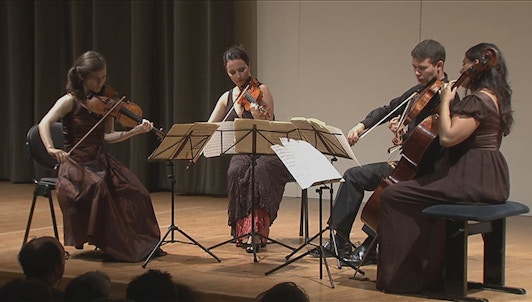
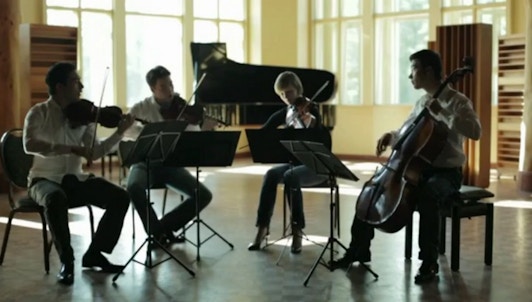
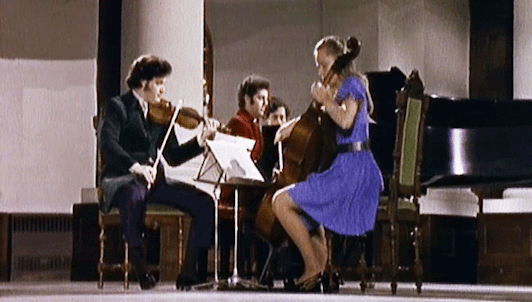
A film by Christopher Nupen
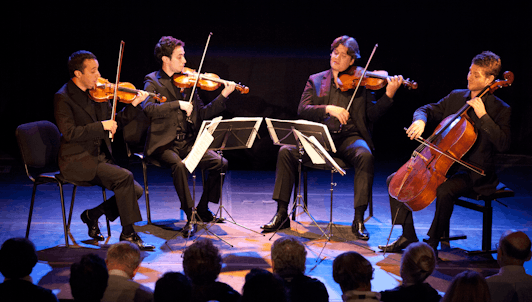
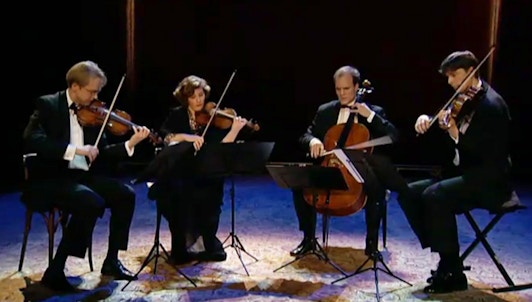
Concert at the Bouffes du Nord (Paris)
